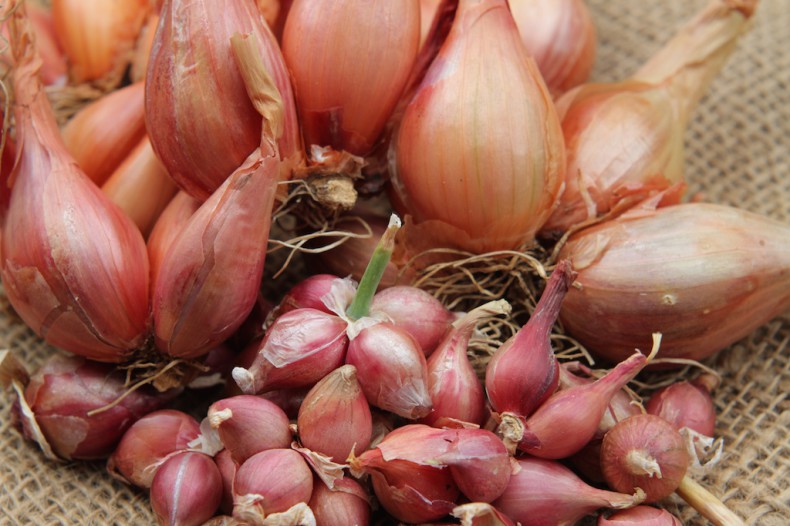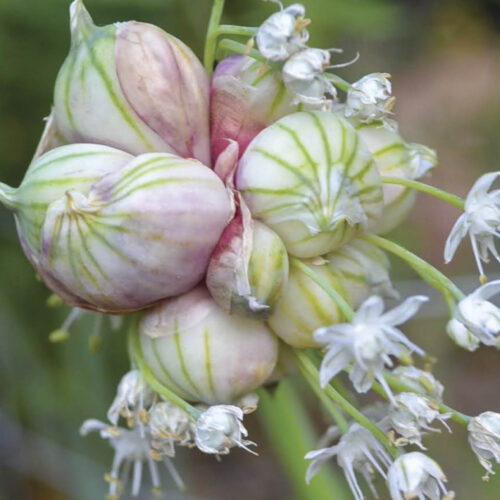Walking onions
2016-05-13T04:45:33+10:00
An onion that walks across the garden, how can that be? asks PENNY WOODWARD
Walking onions are also known as tree onions, growing well from the sub-tropics to cold temperate regions, and autumn and winter are the best time to plant them. They are now botanically classified as Allium x proliferum as they have been shown through genetic testing to be a cross between the common onion (Allium cepa) and the welsh onion (Allium fistulosum).
How to grow
The easiest to grow of all onions, walking onions are also known as Egyptian and top-setting onions. They grow in any soil with reasonable drainage, but if you want big fat bulbs then dig in compost and horse, cow or sheep manure a few weeks before planting. Grow from bulbs planted with just the top poking out of the soil, or from single bulbils planted just under the surface of the soil, in a position with full sun. Space plants about 40cm apart and they will grow to be about 60cm tall. Tubular, typically onion leaves grow from the bulb and over the next few weeks new bulbs start to form around the original, about 6 in total. Later, a strong central flower stem pushes up from the centre of the clump, with bulbils instead of flowers forming at the top. These bulbils then start to grow green leaves so that the whole plant looks like a small, weird, prehistoric tree. The name walking onion comes from the way the heavy tree tops fall over, so that the bulbils are resting on the ground. These will then grow new leaves, new tops and fall over again, thus slowly walking across the garden.
Save your onion bulbs
Bulbs can be dug up about 5 months after planting. Save some bulbs for replanting or just replant the bulbils and eat the bulbs. There seems to be some variation in flavour of the bulbs, some being more mild and sweet and others stronger. There are also types with more red than brown skins. Both bulbs and bulbils have similar onion flavours and make an excellent substitute for brown onions in any dish.






